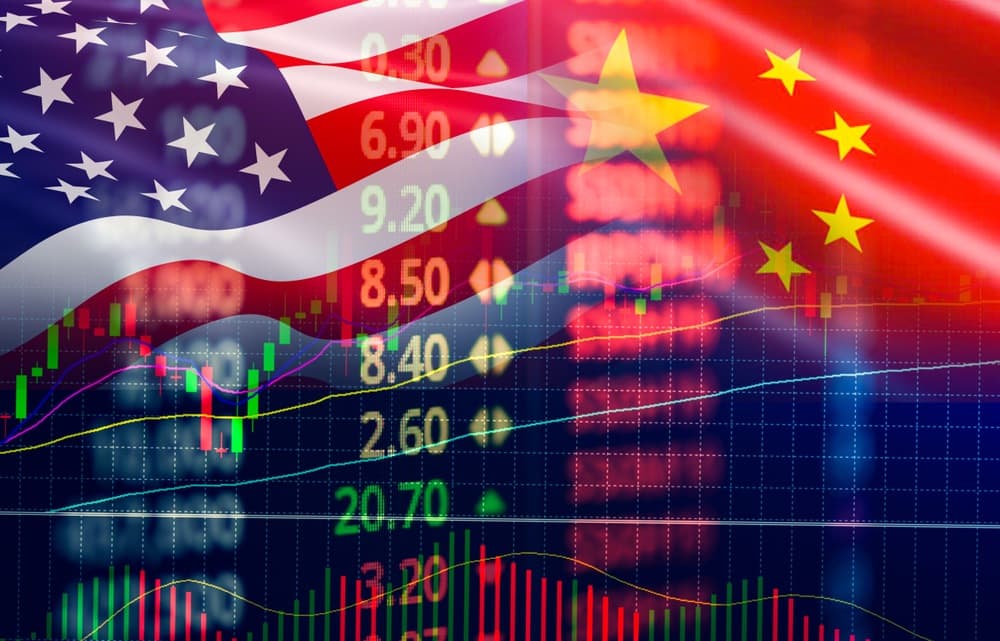
The housing market has been effectively frozen for three years.
That’s because, following record-low interest rates, homeowners refinanced with mortgages under 3%. Today, standing over 6%, the same home would have more than double the amount of interest each month.
Unsurprisingly, then, home prices have started to weaken as rates have remained high:

Home prices are falling in most metros amid high rates (Source: Barchart)
With the Federal Reserve shifting towards a more accommodating stance – even with sticky inflation – this downtrend in home markets may not last.
If you already own your home, it’s no big deal either way.
But lower rates could make it easier for buyers to start bidding up properties again when home prices are already at record prices relative to wages.
Think of it as the real estate echo of the terrifying bull market in stocks that rate cuts are likely to kick off.
~ Addison
P.S.: Most assets such as homes should see their prices rise as interest rates come down. We still see upside for stocks, gold, bitcoin – you name it. Not for healthy reasons, but because of the persistent decline in dollar purchasing power.
Grey Swan Live! this week: Mark Jeftovic joins us for “Shadow Fed & the American Dream” — how a September rate cut could hit the dollar’s purchasing power, where the money-market flood might go next, and why “control of money” is migrating from central banks to code, corporates, and courts.
If you have any questions for us about the market, send them our way now to: feedback@greyswanfraternity.




